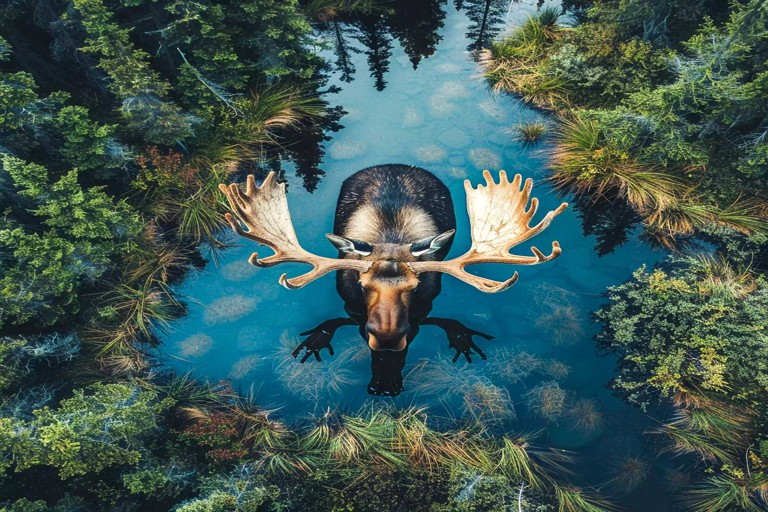Nature & Outdoors
Wildlife Camera Network Expands in British Columbia’s Interior
Conservation groups are installing motion-sensitive cameras to monitor elk, bears, and cougars across forest corridors, helping researchers understand how climate shifts are changing migration patterns.
By Chloe Fontaine • 2025-10-16

Across the rugged forests of British Columbia’s interior, a network of small, motion-activated cameras is quietly reshaping how scientists study wildlife. Mounted on trees deep within migration corridors, the devices capture glimpses of elk, wolves, and even elusive cougars — creating an unprecedented portrait of how species move through changing landscapes.
The initiative, known as the Interior Wildlife Monitoring Project, began five years ago but has expanded rapidly in 2025, adding more than 300 new cameras across a region spanning from Kamloops to Revelstoke. “The goal is simple,” says lead biologist Dr. Laura Evans. “We’re learning where animals are going, and why.”
Each camera is equipped with infrared sensors that trigger automatically when motion is detected, recording still images and short video clips. “It’s like a silent witness in the forest,” Evans explains. “We can see migration routes, breeding patterns, and even how animals respond to droughts, fires, and new human infrastructure.”
The data has already revealed surprising findings. Elk herds once thought to migrate strictly north-south now appear to shift laterally to avoid areas affected by wildfire or logging. “They’re adapting faster than we realized,” says Evans. “But adaptation doesn’t mean stability — it often signals stress in the ecosystem.”
For conservationists, the cameras offer an invaluable, non-invasive tool. “Before this, our understanding was based mostly on tracking collars and field sightings,” says technician Michael George of WildSight BC. “Now, we’re gathering millions of images without disturbing the animals — it’s a revolution in how we observe nature.”
The project has also become a bridge between scientists and local communities. Dozens of residents have volunteered to maintain camera sites, replacing batteries and collecting memory cards every few months. “People love feeling part of the work,” George adds. “It gives them ownership — they’re helping protect what’s in their backyard.”
In Indigenous territories near Williams Lake, the Secwépemc Nation has partnered with researchers to integrate traditional ecological knowledge into the project. “Our ancestors tracked these same paths for generations,” says community monitor Sarah Jules. “Now, technology is helping us continue that stewardship, ensuring future generations can still learn from the land.”
Climate change looms large in the project’s goals. With shifting snowpacks and erratic weather, animal behavior is changing — breeding earlier, migrating later, and venturing into higher elevations. “It’s data we can’t afford to ignore,” Evans says. “Understanding these patterns helps us guide conservation planning and protect key corridors before it’s too late.”
The growing archive now exceeds two million images, some of which are being used for public education. A new online gallery allows anyone to view curated footage — a black bear crossing a frozen creek, a lynx in moonlight, or a family of elk passing under a highway bridge. “It reminds people that these stories unfold even when no one’s watching,” says Jules.
For researchers and residents alike, the cameras have become symbols of hope — quiet sentinels standing in the woods, documenting resilience one frame at a time. “They’ve shown us that life persists, even in disturbed landscapes,” says Evans. “Our challenge now is to make sure those paths stay open for generations to come.”